EPA Hosts 13th Annual Summer Science Institute for North Carolina High School Students
Published September 21, 2023
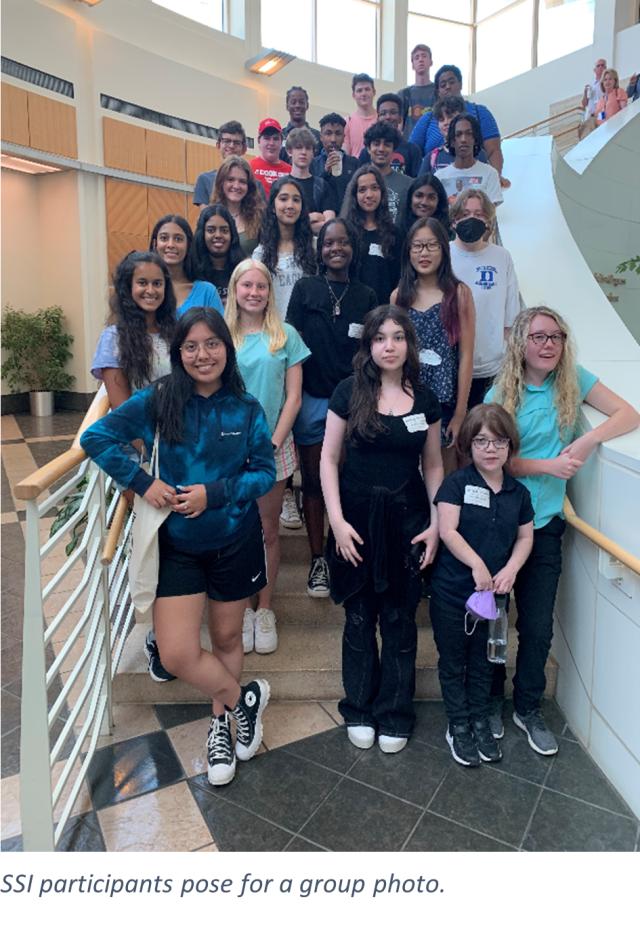
This summer, EPA’s Community Engagement & STEM Education Program (CE-STEM) hosted its 13th annual Summer Science Institute (SSI) at the EPA Research Triangle Park campus in Durham, N.C. Twenty-eight students from 19 N.C. high schools attended to learn about the wide variety of career paths at EPA and how EPA staff work to protect human health and the environment.
This year’s Institute boasted a range of immersive educational topics, including environmental policy, electric vehicles, water and air sensors, drone and satellite technologies for environmental monitoring, everyday conservation, and much more.
“I learned so much about environmental science and the EPA's role in protecting the environment,” one SSI student said. "I really enjoyed the nature trails, learning about how the EPA protects the environment and wildlife, and discovering the many different careers within EPA.”
For the first time in the history of the Institute, students toured on-campus research labs to get a closer look at current research happening at EPA-RTP. Scientists from a range of disciplines spoke with students about novel research projects and answered questions about careers in environmental science.
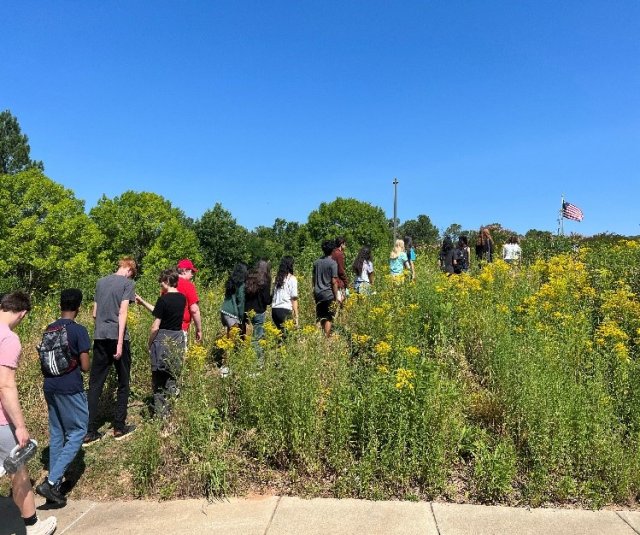
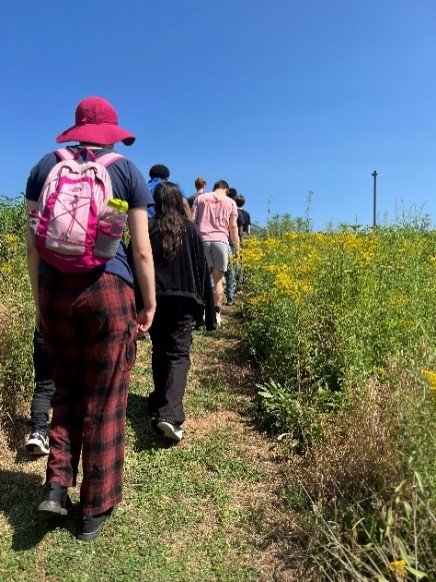
Students participated in a mock social media challenge to create original Instagram Reels showcasing their week at the Institute. The activity promoted creativity and introduced students to non-STEM EPA careers such as communications, photography, and graphic design. Students interested in these areas imagined themselves in future roles at EPA. “I had no idea that EPA offered such a wide range of careers,” a student noted. “I could see myself working at EPA as a photographer or in communications.”
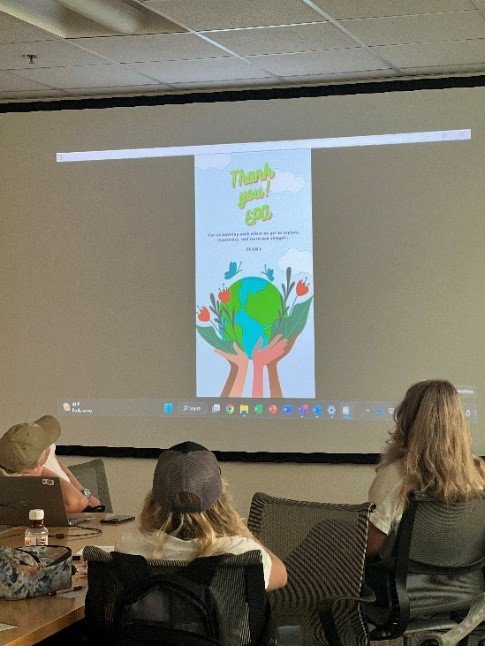
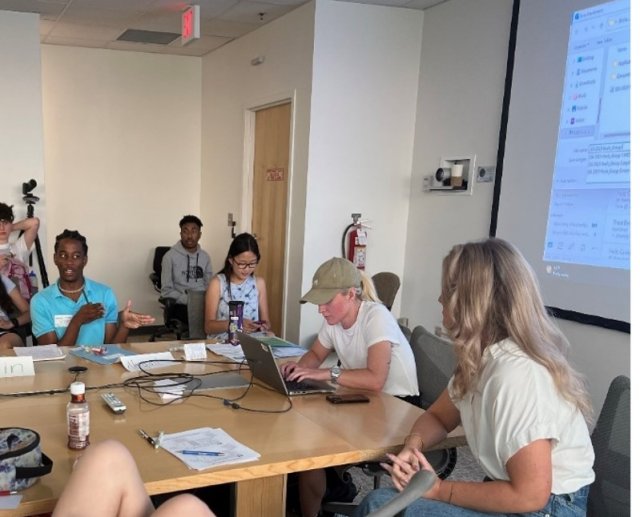
Throughout the week, students took full advantage of the EPA-RTP grounds while learning about EPA research. Students met with EPA researcher Colin Barnett for an immersive session on the Aerometric Information Retrieval System (AIRS) site, where they learned how EPA tracks and documents air pollution. Students also participated in a water sensor activity at EPA-RTP’s Discovery Lake. EPA scientist Wilson Salls demonstrated how researchers use the Secchi Disk—a device that measures turbidity or water transparency in a water body—and other water sensors to monitor water quality across the U.S.

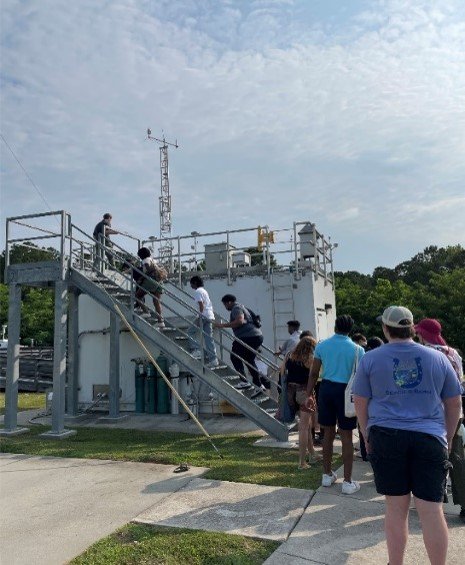
In another lakeside activity, students collected microinvertebrates, such as snails and worms, in mini nets and matched their findings against an identification sheet. The activity demonstrated how researchers assess water quality by analyzing the health and abundance of local wildlife.
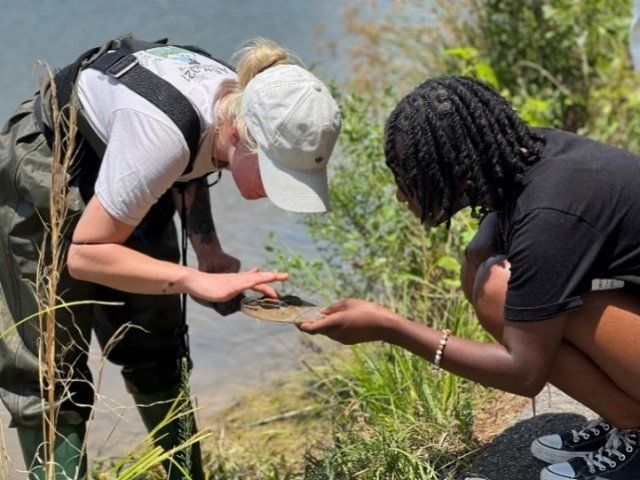
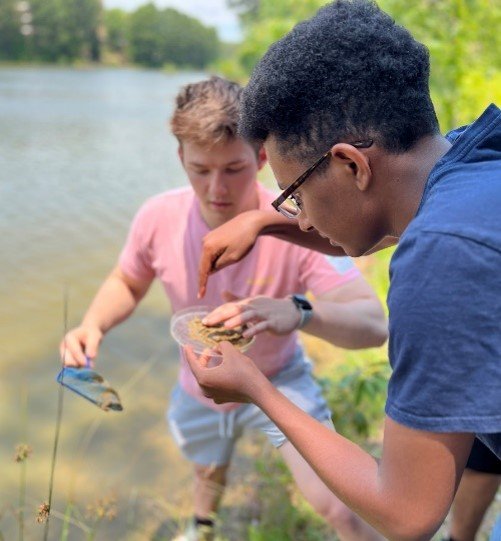
On a nature walk around Discovery Lake, students enjoyed pointing out local wildlife, including native turtles, heron, deer, and geese. As a reminder of the connection between physical and environmental health, CE-STEM’s AJ Blackburn and a student had a lighthearted pull up competition while other students cheered them on.
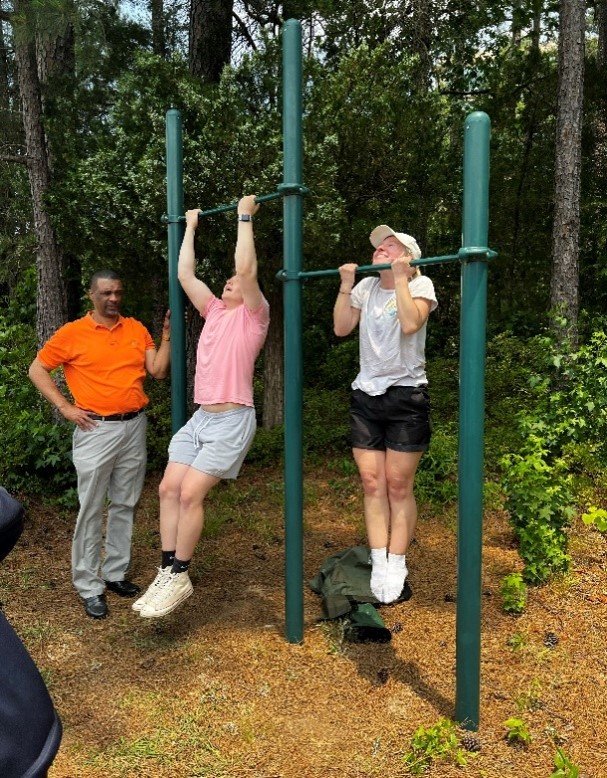
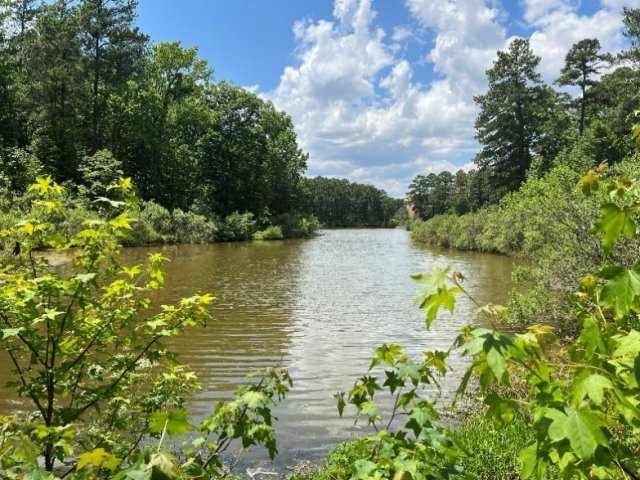
Forty-seven EPA-RTP employees participated in one or more SSI sessions and two scientists from Durham, N.C.’s Museum of Life & Science led a future-thinking climate change activity. Additionally, former SSI participant Bailey Recktenwald shared how her SSI experience inspired her to pursue her current job as the N.C. Governor’s Climate Change Policy Advisor.
“The EPA Summer Science Institute and programs like it absolutely reinforced that I was interested in a career in climate and environmental policy,” Recktenwald said. “Seeing the impact that EPA has on furthering environmental research and developing policy helped me determine that I wanted to pursue a career in the environmental field, and specifically work in the public sector. I’m so happy to see SSI is still going strong a decade later.”
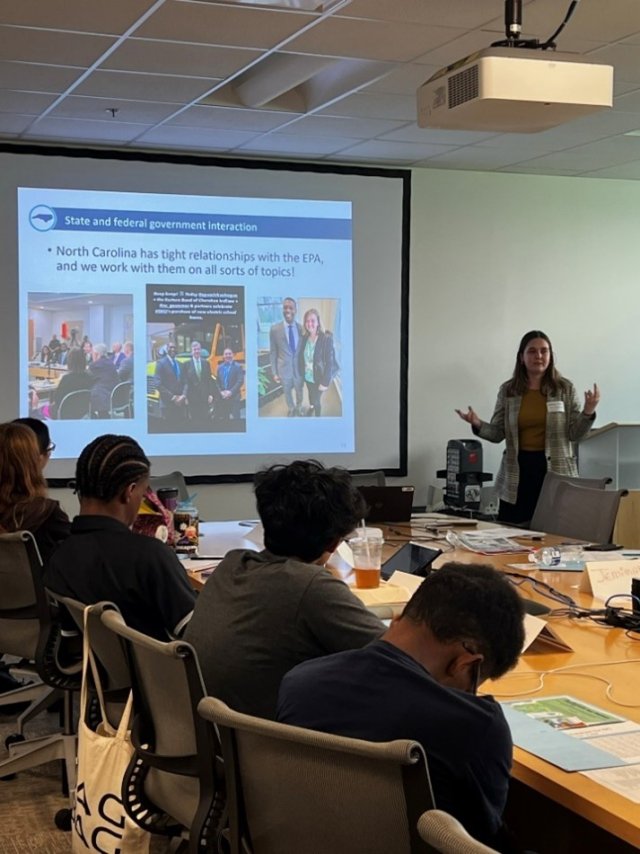
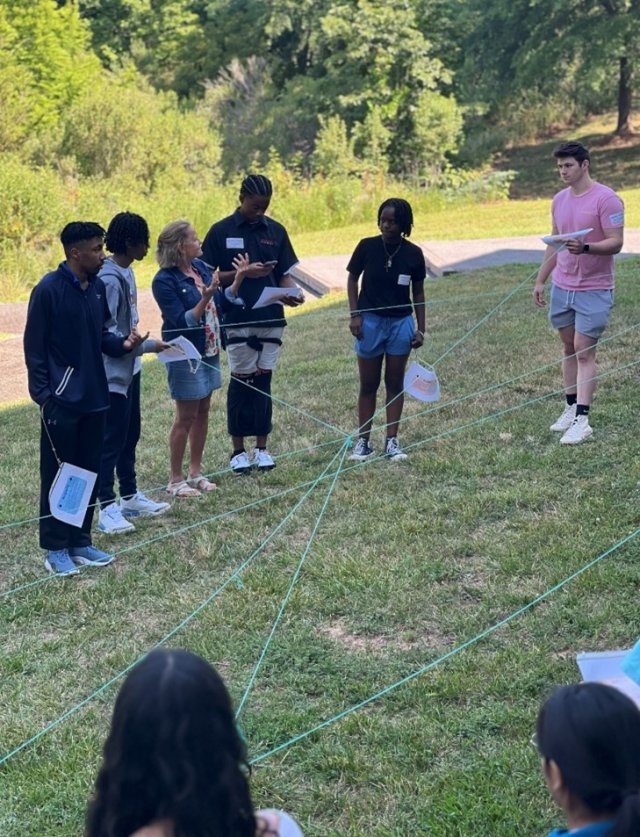
The SSI takes a hands-on approach to learning, provides students with a greater understanding of EPA’s environmental research, and enables students to create valuable connections with EPA staff from a variety of STEM and non-STEM disciplines. This year’s Institute brought together students from high schools across the region, including several students with disabilities from N.C. State University’s Catalyst Program, to promote education, diversity, inclusion, and mentorship.
